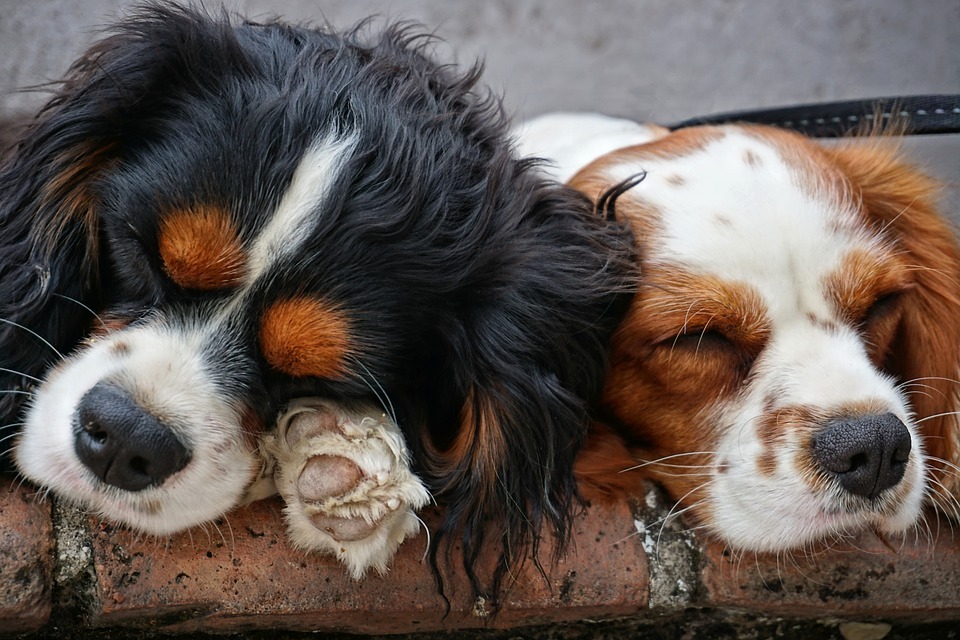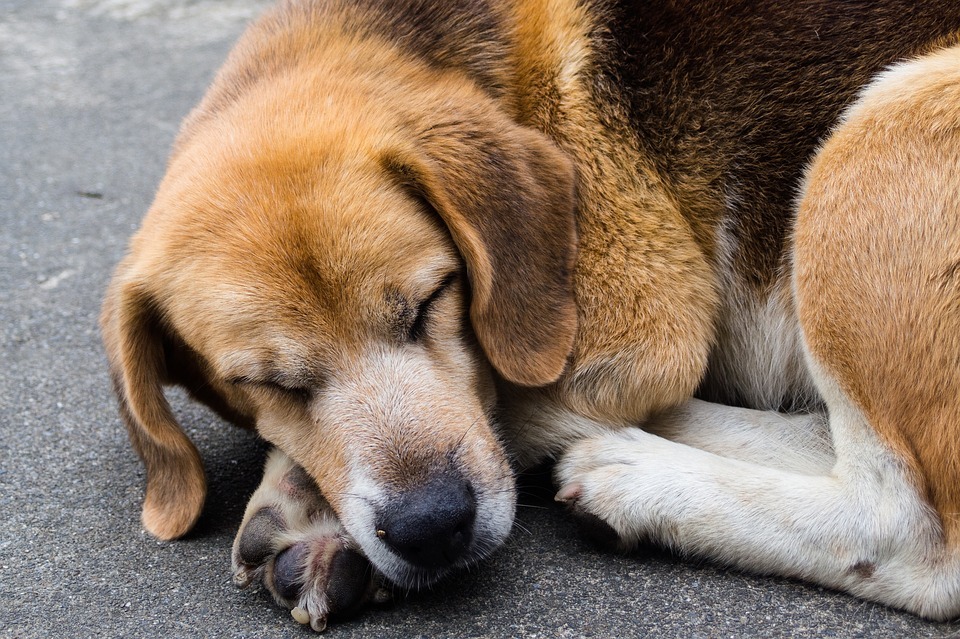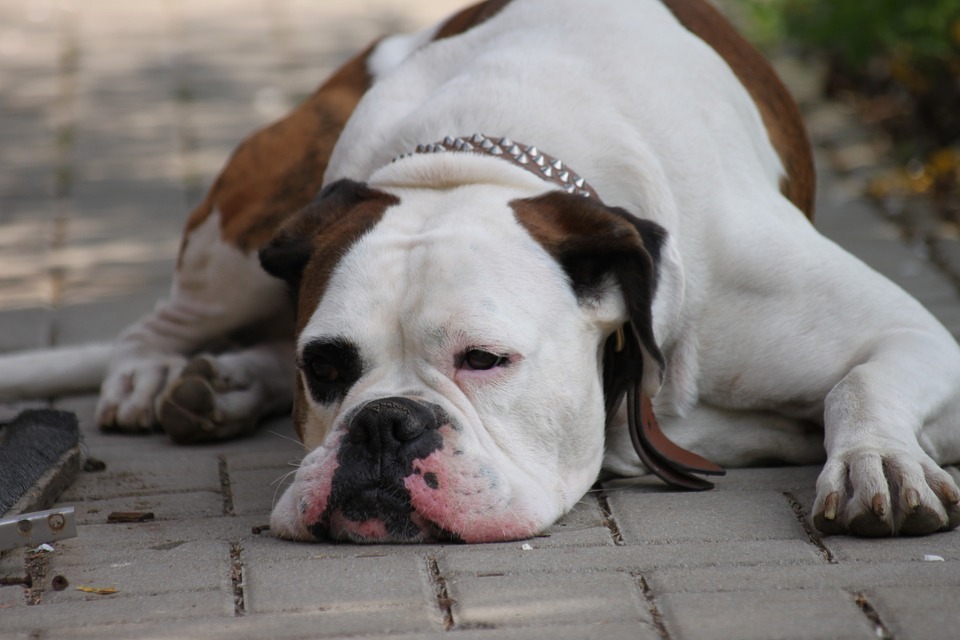Our pet dogs sleep in different ways and they sometimes have certain habits while sleeping. Did you know that these positions and habits can give us clues about their health and happiness? Sometimes you will notice that your pets sleep in very specific ways and these positions may not be a just a happy accident because they might be telling you something.
If you’re curious about what your dog’s sleeping position and habits mean, here are some of the most common ones and the meaning behind them.
Sleeping Positions
Your pet dog might have a specific sleeping position depending on the spot where he sleeps, who he’s sleeping with, and as well as how he’s feeling at that time. Aside from that, injuries can also change your dog’s sleeping position, so if you notice any changes, try if you can see signs of pain. Here are some of the common sleeping positions of dogs and what they mean.
- Curled Up
This is a very common position dogs take when sleeping. This sleeping position protects the vital organs, help conserve warmth, and makes it easy to get up quickly. Also, there is less twitching while in this sleeping position because it restricts movement. Some may think that dogs who sleep this way are uncomfortable with their surroundings, however, that is not true. Dogs usually sleep in this position during the fall and winter months when the weather is cold. There are also some dogs who feel better sleeping in this position.
- On the Back, Paws Up in The Air
If curling up in a ball helps dogs to conserve heat, sleeping with an exposed belly helps them cool off. Dogs sleeping in this position are exposing their bellies and paws to beat the heat because the fur is thinner around these parts. Also, this position indicates that a dog is very comfortable with his surroundings because he can leave his most sensitive areas vulnerable and it’s difficult to get up quickly in this position. This sleeping position is common during summer days.
- Sprawled Out On the Tummy
This sleeping position is also known as the Superman position. Dogs who need frequent naps usually sleep in this position and it allows them to pop up and be on their feet right away. When your dog sleeps this way, it means that he does not want to miss a chance to be in action. Most of the high energy dogs sleep in this position, as well as those who get sleepy while playing and just want to lie down where they are standing.
- On The Side
When dogs sleep on their side, it means that they feel safe and comfortable because they are leaving their vital organs exposed. Most of the dogs who often sleep this way are easy-going and relaxed. But they can also change their position when they sleep elsewhere or if someone unfamiliar to them is around. Their limbs are also free in this position, therefore, you might notice some twitching and leg kicks from time to time.
- Back-To-Back or Snuggled Up
Some dogs sleep back-to-back with other dogs or pets, or sometimes they snuggle up to you. This means that your dog is bonding and showing that he wants to get close to you. Dogs who sleep this way are loving and affectionate and they are comfortable with people around them. If your dog sleeps in this position, try to show him some love by taking a snooze with him.
Sleeping Habits
Aside from sleeping positions, your dog’s sleeping habits can also give you some clues about how well his sleep is going. Just like in us humans, sleeping is important for dogs as well because it helps heal and repair the body. Here are some of the sleeping habits of your dogs that you must pay attention to, for you to make sure that they are getting the best sleep.
- Twitching, Wagging, and Soft Barks
During REM sleep, dogs tend to move a bit. This stage of sleep is very restorative and good for your dog’s health. These movements can be because they are acting out their dreams while getting a nice and deep sleep. These actions are normal and common in dogs, most especially in puppies and senior dogs. However, twitching can also be a sign that they are cold and it’s their way of warming up their bodies. If you notice that your pet is cold, try to cover him with a blanket, or transfer him to a warmer sleeping spot.
- Light Dozing
Dozing is not a very restful sleep. When your dog tends to doze off, it means that he’s bored or just waiting for something interesting to come along. If you notice that your dog’s ears perk up at any noise or movement, this means that he’s looking for something worth getting up for. When you see him dozing off like this, maybe it’s his way of telling you that it’s time to play or go for a walk.
- Circling and Digging
Dogs usually circle and dig their sleeping area before lying down to sleep. Most of the dogs who do this are from dogs’ wolf ancestors who often trample down grass, leaves, or snow to find comfort. Some dogs dig holes that would keep them warm during winter and cool during summer. They also circle the spot a few times, however, if they do this too much, it can be a sign of arthritis or neurological issue, and it’s better to consult a vet for it.
- Signs of Distress
Dogs can have nightmares too just like humans. If you notice that your dog is stressed while sleeping, with more movements, barks, and cries than usual, try to gently calm him down. You can do this by softly calling his name and stroking his back and side. When you’ve comforted your pet, he might relax and continue sleeping with a more pleasant dream.
- Seizure
Excessive twitching and abnormal movements while sleeping can be a sign that your dog is having a seizure. If you notice unusual movements while he’s asleep, try calling his name and wake him up. If your dog wakes up, it might be just an intense dream. However, if he does not respond to your calls and continues with the movements, try to get medical help right away.
Dogs usually need 12 to 14 hours of sleep every day, and puppies or smaller dogs need 18 to 19 hours of sleep. If your dog’s length of sleep changes, it could mean a lot of things like dietary change or thyroid problem. If you notice that your dog sleeps too much, maybe it’s time to take him to the vet. It is important to pay attention to your dog’s usual sleeping positions and habits because these can show you if something is wrong with them.




